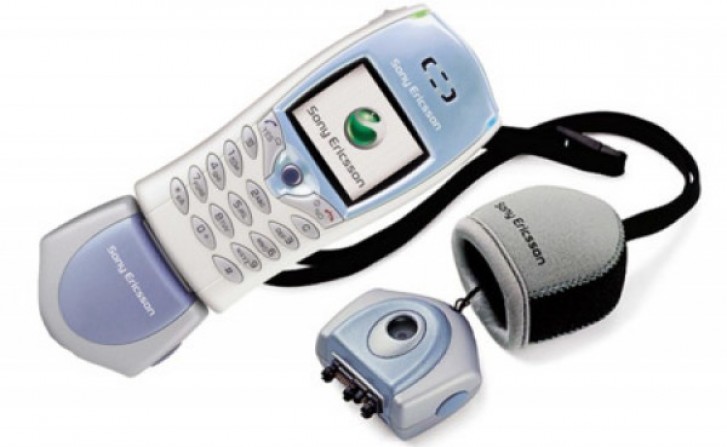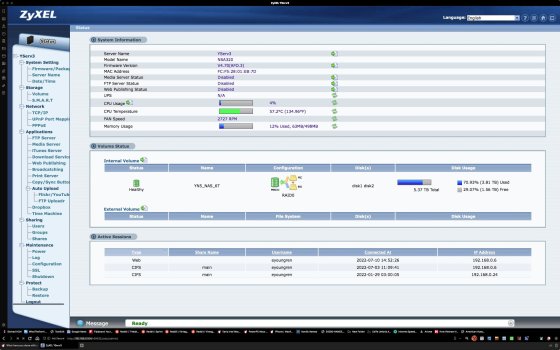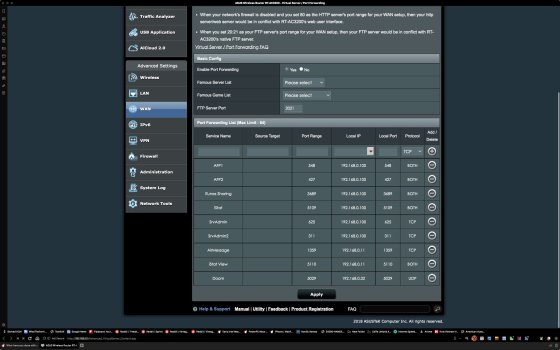The 7650 wasn't exactly a mainstream phone thoughNokia 7650 for me in 2002 - at that point such tech wasn't cool to most people but just plain weird!

Last edited:
The 7650 wasn't exactly a mainstream phone thoughNokia 7650 for me in 2002 - at that point such tech wasn't cool to most people but just plain weird!

Ha ha - I bought one of those for my partner as she was jealous of my 7650The CommuniCam for e.g. the SE T68 (probably) predated the 7650 but I never saw that one in the wild back then. And it wasn't exactly built-in, more "clip-on"...
There’s even a version of the camera for the T39 despite it only having a tiny greyscale screen.Wow, I think I had a T68.
I didn't know there WAS a camera ad-on.......
Man, those “superphones” sure made my poor 8210 look dated…Ha ha - I bought one of those for my partner as she was jealous of my 7650
My director had one of those, I remember her hurling it across the office in a fit of rage after a converstion didn't go her way....naturally, it was undamagedMan, those “superphones” sure made my poor 8210 look dated…
I did that with my SLVR once to stop it from acting up. It actually worked but the phone was still a waste of money.My director had one of those, I remember her hurling it across the office in a fit of rage […]
I had three methods (pre-Dropbox)…My 7650 peak output was VGA....but until I bought a Bluetooth dongle (which my daughter rightly pointed out was "blue but it's not a tooth") could only get photos off the phone by emailing them to myself!
Well, apparently I used 5 ram disks of 2GB each.
Anyway: https://forums.macrumors.com/threads/favorite-software-setup.2308073/?post=30192445#post-30192445
Just follow the directions. The script in there will automate the RAIDing, but I never figured out a way to automate the creation of the RAM disks. There is probably a way to do that but I didn't search very hard because I don't often reboot - which would make me want to figure it out.
do shell script "diskutil erasevolume HFS+ 'r1' `hdiutil attach -nomount ram://3663872`"
do shell script "diskutil erasevolume HFS+ 'r2' `hdiutil attach -nomount ram://3663872`"
do shell script "diskutil erasevolume HFS+ 'r3' `hdiutil attach -nomount ram://3663872`"
do shell script "diskutil erasevolume HFS+ 'r4' `hdiutil attach -nomount ram://3663872`"
do shell script "diskutil erasevolume HFS+ 'r5' `hdiutil attach -nomount ram://3663872`"
do shell script "diskutil createRAID concat 'RamDisk' HFS+ /Volumes/r1 /Volumes/r2 /Volumes/r3 /Volumes/r4 /Volumes/r5" user name "USER" password "PW" with administrator privilegesNice!Back in June I asked about RAM disks larger than 2 GB. OS X versions prior to Snow Leopard do unfortunately have some limit in place so the post of eyoungren inspired me to try to create multiple ones and merging them afterwards. I've also wanted something that can be automated.
I wrote a little script (or rather copy and pasted something together) that will just do that:
Code:do shell script "diskutil erasevolume HFS+ 'r1' `hdiutil attach -nomount ram://3663872`" do shell script "diskutil erasevolume HFS+ 'r2' `hdiutil attach -nomount ram://3663872`" do shell script "diskutil erasevolume HFS+ 'r3' `hdiutil attach -nomount ram://3663872`" do shell script "diskutil erasevolume HFS+ 'r4' `hdiutil attach -nomount ram://3663872`" do shell script "diskutil erasevolume HFS+ 'r5' `hdiutil attach -nomount ram://3663872`" do shell script "diskutil createRAID concat 'RamDisk' HFS+ /Volumes/r1 /Volumes/r2 /Volumes/r3 /Volumes/r4 /Volumes/r5" user name "USER" password "PW" with administrator privileges
This will create a RAM disk that has approximately 8GB in size. Below you'll find a speed test of said merged RAM Disk:
View attachment 2027134
If one wants to automate the process just paste the code into Script Editor and create an .app file. Next, just go to System Preferences and add the .app file to your startup items.
Since I have 16GB of RAM installed in my G5, I think an 8 GB RAM Disk is very appropriate. My G5 hardly ever uses more than 4GB of RAM with regular use and I want to make use of most of the available memory. Use cases of RAM disks are many but for me it is primarily having a really fast drive and also having a drive for files I do not need anymore after my session (avoid clutter in the first place).
Ain't your poor electricity bill high enough yet?At some point I will get my Quad back up and add this to the mix.
I need to finish organizing the garage…Ain't your poor electricity bill high enough yet?
(Just kidding. I know where you're coming from.)
Why I'm getting impression it is something linked to X-Files?Black Triangle
The truth is out thereWhy I'm getting impression it is something linked to X-Files?
Why I'm getting impression it is something linked to X-Files?
Trust no one!The truth is out there
Hi @eyoungren ! Could you please explain me what a NAS is and how do you use your G4 as a NAS?Checked the G4 NAS today. Hmmmm…almost a year of uptime. 👍
[image]
NAS is short for Network Attached Storage. These are boxes that you can fill with hard drives (or SSDs) and plug an ethernet cable into. The firmware they come with is designed to share those drives on a network. Apple's concept of a NAS is the old Apple Time Capsules.Hi @eyoungren ! Could you please explain me what a NAS is and how do you use your G4 as a NAS?
I am totally ignorant with that.


In both cases of the word 'you' the answer is yes. In general you can, and specifically for me, yes I can.@eyoungren wow, thanks for your detailed answer. It was very kind from you.
I do have another question: can you access your drives from external networks or only from your home network?

Just spying your screengrab and wondering..
In both cases of the word 'you' the answer is yes. In general you can, and specifically for me, yes I can.
But external access is a function of your router and your ISP (Internet Service Provider). If we want to give ourselves external access we need to open up specific ports in our router. We then have to tell the router that any traffic coming through that port should be directed to the IP address of the computer or NAS that we want to share from. This is called port forwarding. It's important then to give the internal devices static IP addresses so that the traffic goes to the right device.
[ ... ]
Going by that screenshot it's 1280×1024.What is your monitor resolution with that G4?

